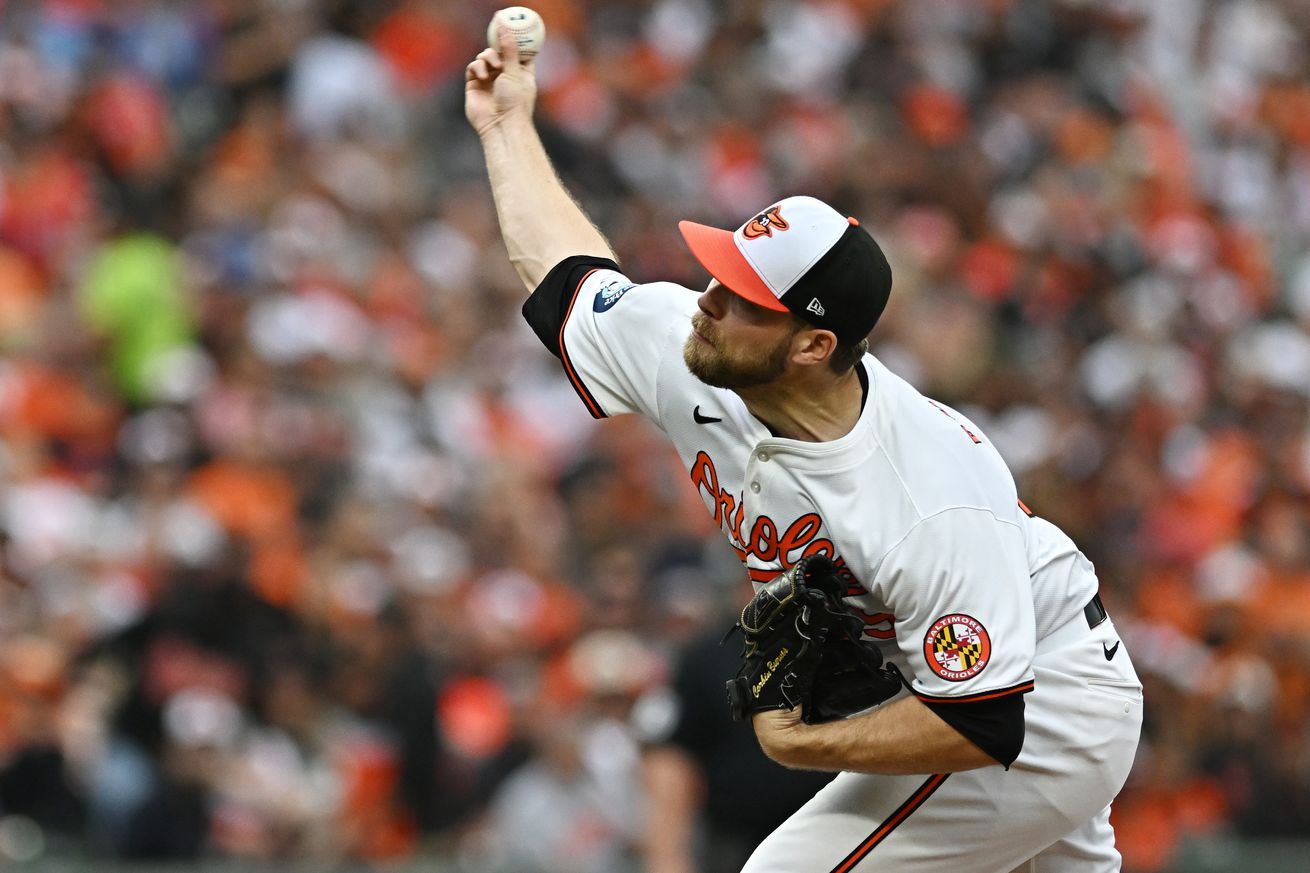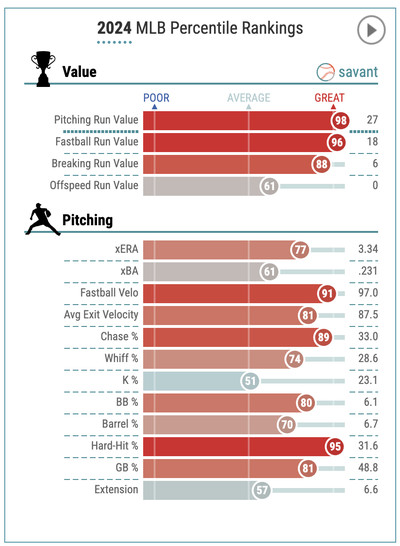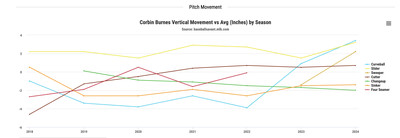
Should the Sox splurge on the ace?
Welcome back to Smash Or Pass, our offseason series in which we examine various free agents and trade targets to determine whether they make sense for the Red Sox. Next up, a damn good pitcher.
Corbin Burnes is really freaking good. The 2021 National League Cy Young Award winner, he spent last year with Baltimore, smoking the Red Sox at the home opener and once more in the spring. Only in August did Boston get some revenge, with a whopping eight runs against the ace—not that it did much to his underlying numbers, as he finished the season with a 2.92 ERA over 194.1 innings pitched, good for fifth in the American League Cy Young Award voting. Now, he’s a free agent. So: Smash or Pass?
The Smash Case: He’s Really Good
There aren’t a lot of gaps in Burnes’s resume. He has started no fewer than 28 games since 2021, over which period he’s never had an ERA higher than 3.38. He has the second-highest FanGraphs pitching WAR over that period in all of baseball, trailing only Zack Wheeler, the second-most strikeouts and the fourth-highest number of innings pitched. The dude is a monster. Look at the red (which is good) on his Baseball Savant page:

Baseball Savant
That’s dizzyingly good. Would he cost a lot of money? Yes. But in this case, you absolutely know what you’re paying for.
The Pass Case: Buying High?
Spotrac predicts Burnes will receive a 6-year, $180 million contract. Obviously, as with any big pitcher contract, teams would be trying to extract value at the start of the deal to offset any drop-off toward the end, though, of course, this doesn’t account for inflation. Specific dollar amounts aside, the question isn’t necessarily whether the Red Sox want to pay Burnes $30 million for 2025, but if they want to do so for 2030.
There are some signs that Burnes might be slowing down; while it hasn’t really eaten away at his overall numbers, he’s seen his K/9 rate fall in each of the last three seasons. In 2021, his Cy Young year, it was a whopping 12.61. In 2022, it was still an elite 10.83. In 2023, Burnes stayed above the 1:1 ratio line with a 9.29, but last year it fell again, to 8.38. That’s still quite good—better than Rick Porcello’s Cy Young season, not that that’s saying too much—but it’s something to consider.
Why have the strikeouts gone down? It’s not that he’s lost zip on his fastball. He averaged 95.5 MPH on it last year, which is tied with his career highs, all hovering around 95. It’s likely because over the last two years, while his arsenal hasn’t changed, he’s started throwing breaking stuff that breaks far more than it used to. Specifically, he’s turned a curveball that was once a major liability into a major strength:

Baseball Savant
I know this is the “Pass” case, but unless you’re afraid of curveballs, there’s a lot to like here. But maybe you are.
Verdict: Smash And Don’t Think Twice
I thought when I sat down to suss all this out I was going to find underlying stats that showed a decline was inevitable. I think I’m convinced of the opposite now. Without changing his arsenal, Burnes has improved the quality of his offspeed pitches, which is good preparation for if and when his fastball velocity starts to wane. There’s no evidence that will happen anytime soon, though. Burnes would be a perfect fit for the Sox, injuries permitting, if they have the courage to get out there and spend a little cash.